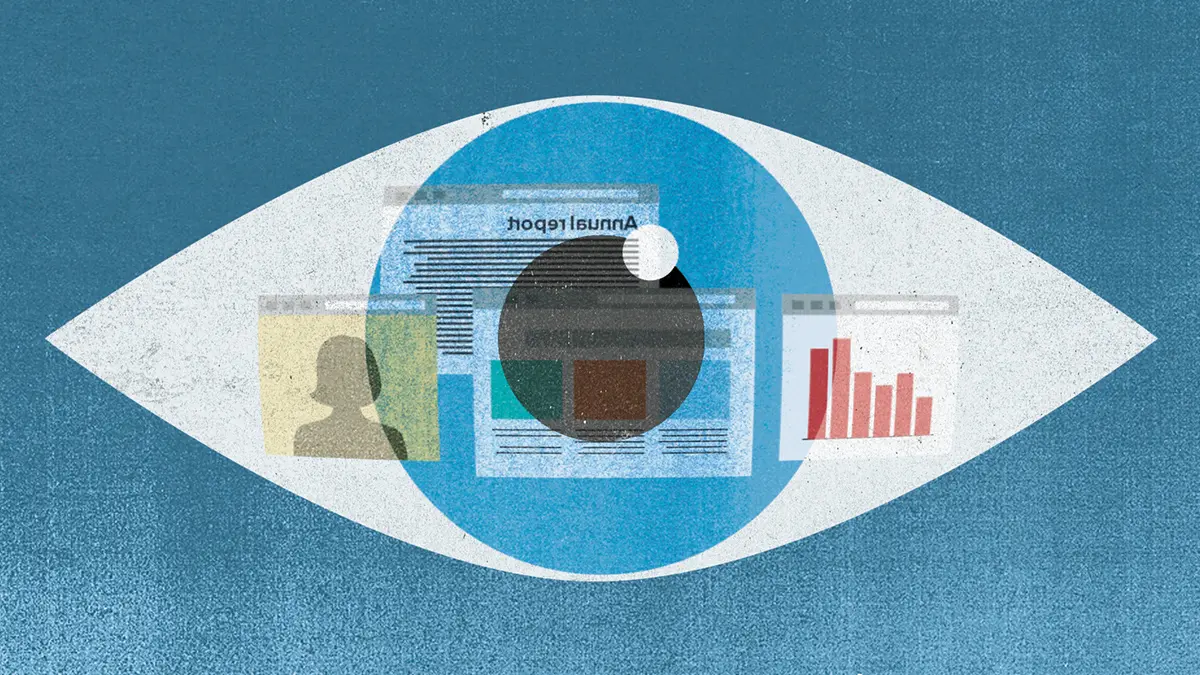Busting myths about blue light
Research concludes blue-blocking glasses are more style than substance. Try 20-20-20 instead.

Illustration by Patrick Kastner
As an assistant professor at the College of Optometry, Phillip Yuhas ’14 MS, ’14 OD, ’19 PhD conducts research and sees clinic patients. One of the most frequent questions patients ask is whether they should buy “blue-blocking” glasses to protect their eyes from the light they see while staring at computers or smart phones all day.
His answer, after years of interest in the topic, is no.
Blue light has gotten a bad rap because it has a short wavelength, which translates to high energy. With so many people spending so much time with their faces fewer than 2 feet from computer or phone screens, companies have marketed blue-blocking lenses under the claim they can protect the delicate tissue that covers the back of the eye.
The truth is, while laboratory studies have shown that prolonged exposure to blue light damages retinal cells in mice, studies on people have not yielded similar results. The difference? Humans have natural protective features that act as blue blockers.
The marketing around the issue intrigued Yuhas as he completed his degrees at Ohio State and determined blue light isn’t a patient’s biggest concern.
“The effect this has on your eyes typically comes from staring at the computer screen for long periods,” Yuhas explains. “The blink rate drops while you’re on the computer and your tears evaporate, causing the surface of the eye to become inflamed.”
He recommends taking 20-second breaks every 20 minutes to look at something about 20 feet in the distance, using lubricating eye drops and setting devices aside before bed to prevent sleep loss.
“Read your favorite paperback instead,” he says.


